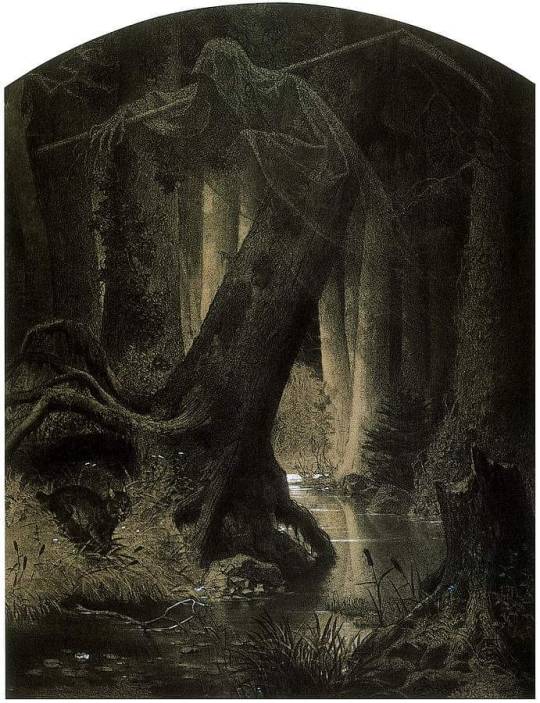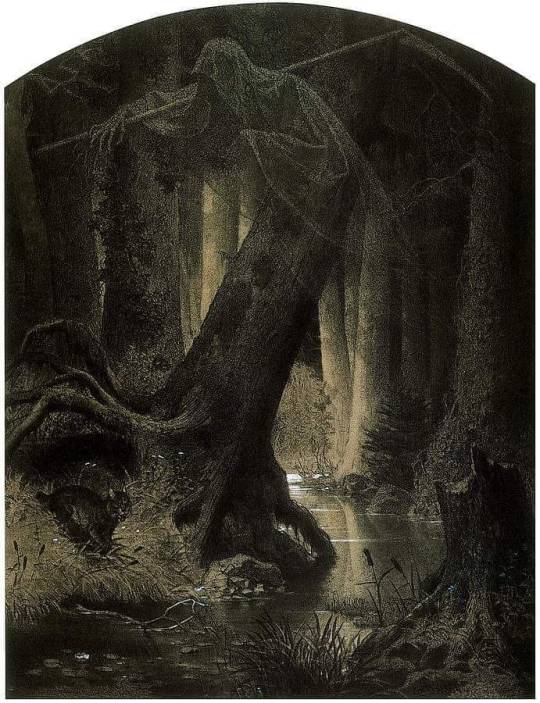#grottger
Text

Artur Grottger, "Bitwa" z cyklu "Polonia" ("Battle" from the cycle of engravings "Polonia")
1863, engraving
The cycle depicts scenes from the January Uprising of 1863, when nations of former Rzeczpospolita (Polish, Lithuaninan, Belarussian, partly Ukraininan) rose against Russian Empire in a fight "for freedom ours and yours".
#poland#polish art#polish culture#polish history#lithuanian history#art#january uprising#polska#artur grottger#grottger
9 notes
·
View notes
Photo

Study of Artur Grottger’s Virgin Mary sculpture.
#drawing#traditional art#traditionalART#artur grottger#grottger#myart#virgin mary#Christianity#ink#inkdrawing#ink drawing#artists on tumblr#study#sculpture study#Inktober#rysunek#rysunek tuszem#sculpture#rzeźba#studium
45 notes
·
View notes
Photo

Artur Grottger 1837-1867 “Portrait of Maria Sawiczewskal” (the Artist's Sister) 1863-1864 Oil on panel Photo is taken by @robertpuffjr Among the many portraits painted by Grottger, standing out for their casual execution and personal staging are those of the artist's loved ones - his fiancée, relatives, and friends. The artist painted several portraits of his sister Maria (1839-1905), with whom he shared a very close bond. This unfinished likeness was made during the years of national mourning after the fall of the January 1863 Uprising, which is alluded to via the woman's modest attire. In 1865, Maria married the painter Wadyslaw Sawiczewski. (This writeup is taken from the description at the museum.) National Museum in Warsaw, Poland 🇵🇱 #historyofart #arthistory #greatworksofart #artmuseum #art #artist #masterpiece #painting #museumvisit #artlover #artists #artblogger #artur #grottger #arturgrottger (at Muzeum Narodowe w Warszawie) https://www.instagram.com/p/CpEX-yHLo1j/?igshid=NGJjMDIxMWI=
#historyofart#arthistory#greatworksofart#artmuseum#art#artist#masterpiece#painting#museumvisit#artlover#artists#artblogger#artur#grottger#arturgrottger
0 notes
Photo
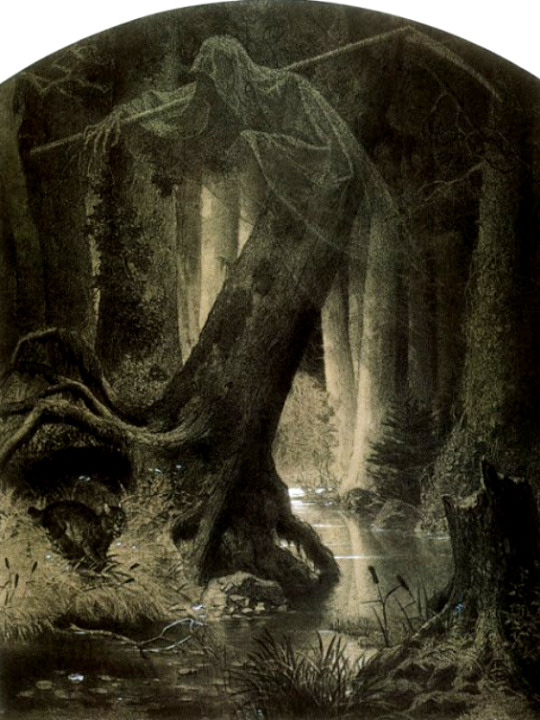
Arthur Grottger, Forest, 1864
2K notes
·
View notes
Text
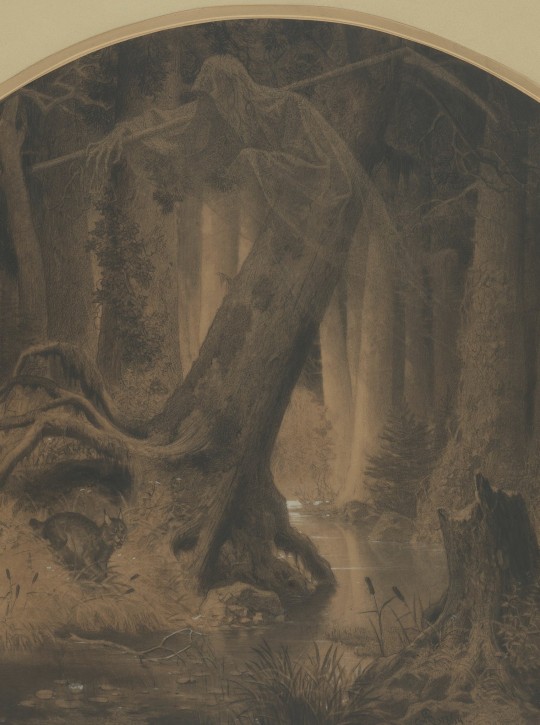
352 notes
·
View notes
Text
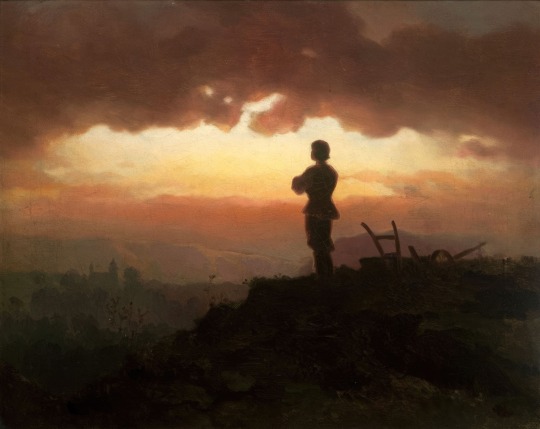
Evening Prayer of a Farmer (Artur Grottger, 1865)
124 notes
·
View notes
Text
round 4: bracket 7 final poll



why three paintings? because the two chełmońskis tied in round 3
Kucie kos (Scythe forging) from the series “Polonia” by Artur Grottger, 1863:
about the artist: grottger was a poor little meow meow who really wanted to participate in the uprising in 1863. he even came to lwów to join. but all his friends were like ARTUR BABY NO!!!!! YOU ARE A SICKLY CHILD (he was like 25 or something) so he stayed at home and while the uprising was happening he made the Polonia series depicting scenes from insurgents’ lives. his brother was an insurgent and got exiled to siberia for it btw. and grottger also made a Lithuania series bc he was all about that Commonwealth restitution cause. and he continued to be obsessed with the uprising but who can blame him. i mean he also painted other things both historical and portraits of his contemporaries but this is what he is famous for i think
Noc gwiaździsta (Starry night) by Józef Chełmoński, 1888:
no propaganda has been submitted
Czwórka (Four-in-hand) by Józef Chełmoński, 1881:
propaganda: wyjebutnie mocna ta perspektywa. zaraz cię rozjadą. JEST MOC [this perspective is so fucking powerful. they are gonna run you over. BEHOLD THEIR MIGHT]
41 notes
·
View notes
Text
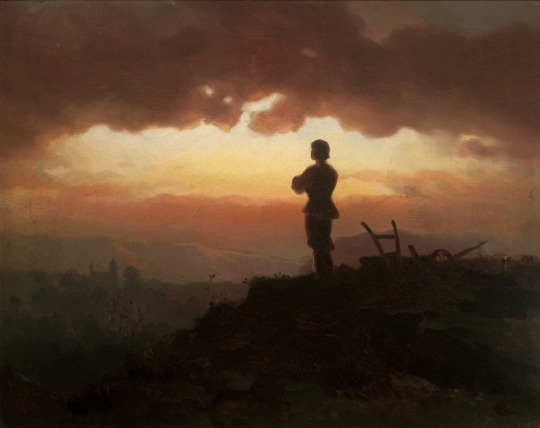
Evening Prayer of a Farmer by Artur Grottger
#artur grottger#art#evening#prayer#farmer#poland#polish#view#nocturne#religious art#religious#religion#angelus#countryside#hill#sky#clouds#church#sun#peasant#plough#nature#mountainous#landscape#romantic#europe#european
207 notes
·
View notes
Photo
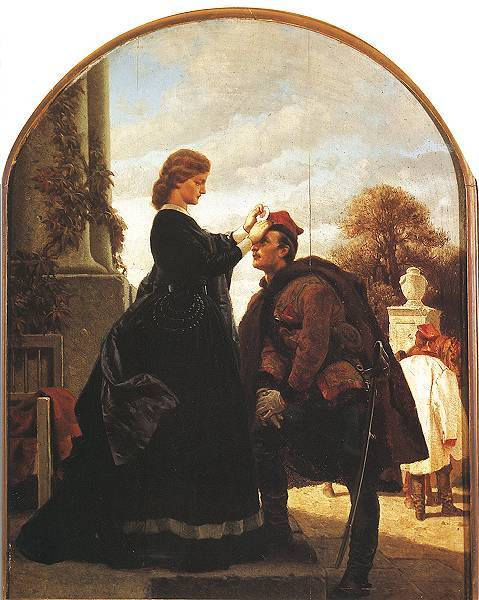
Pożegnanie powstańca, Artur Grottger 1866, olej na desce
Farewell to the Insurgent, Artur Grottger (Polish) 1866, oil on panel
#dworek#polish manor house#polandcore#january uprising#poland aesthetic#powstanie styczniowe#artur grottger#classical art#classical painting
12 notes
·
View notes
Text

Artur Grottger - Allegory of Poland. Title Page for The Polonia Series, 1863.
2 notes
·
View notes
Text
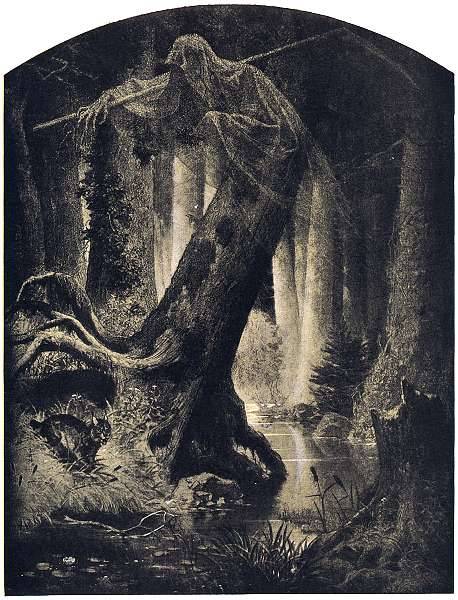
Artur Grottger - Puszcza (Litwa) (1864)
1 note
·
View note
Text
Ok going to sit on the porch and read about the Sadowska trial then go to the pharmacy for THREE DIFFERENT PRESCRIPTION ALLERGY MEDS and also BEER and also ELECTROLYTE POWDER AND BUSTELO IF IN STOCK and possibly also CONCERTA. After this I will TAKE OUT THE TRASH & RECYCLING and WASH THE DISHES. Once this is done I will DRAFT EMAILS LONGHAND and PUT BOOKS AWAY. Following this I will START LAUNDRY because I am an ADULT and NOT AFRAID OF THE WASHING MACHINE EVEN THOUGH IT EMITS A WEIRD BURNING SMELL THAT MAKES ME WORRY IT IS A FIRE HAZARD OR SOMETHING IS FAULTY WITH THE WIRING. If I am up to it in the evening I will TAKE NOTES ON THE PAN TADEUSZ/DYBBUK LECTURE and MIECZYSŁAW WALLIS'S BROCHURE ABOUT GROTTGER'S SECOND WARSZAWA CYCLE, FOR THE CONFERENCE PAPER. You need to send a draft to panelists by NOVEMBER 1ST.
3 notes
·
View notes
Text
round 3.7 poll 2


tap to view full images
Kucie kos (Scythe forging) from the series "Polonia" by Artur Grottger, 1863:
about the artist: grottger was a poor little meow meow who really wanted to participate in the uprising in 1863. he even came to lwów to join. but all his friends were like ARTUR BABY NO!!!!! YOU ARE A SICKLY CHILD (he was like 25 or something) so he stayed at home and while the uprising was happening he made the Polonia series depicting scenes from insurgents' lives. his brother was an insurgent and got exiled to siberia for it btw. and grottger also made a Lithuania series bc he was all about that Commonwealth restitution cause. and he continued to be obsessed with the uprising but who can blame him. i mean he also painted other things both historical and portraits of his contemporaries but this is what he is famous for i think
Pożegnanie Europy (Farewell to Europe) by Aleksander Sochaczewski, c.1894:
propaganda: Sochaczewski himself was sentenced to katorga and exile to siberia for 20 years and when he came back he painted many paintings portraying the traumatic experiences there. in this painting he portrayed himself and many of the people who shared the same fate, and showed how diverse the group was bc in this painting he shows the poles, the jews, the women, january uprising participants, common criminals, people from different social strata etc all condemned for the same punishment
52 notes
·
View notes
